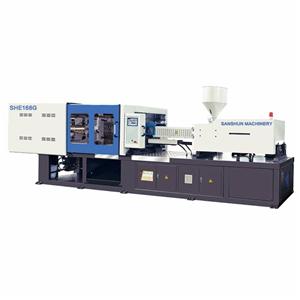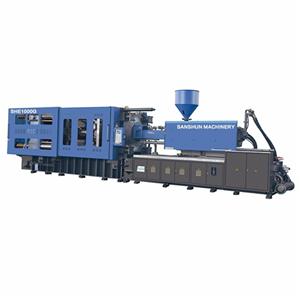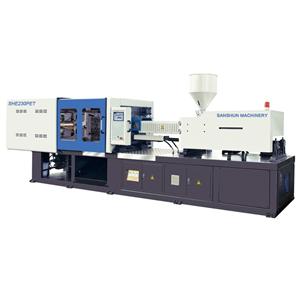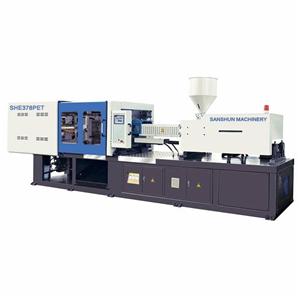- Home
- >
- News & Resources
- >
- Our Blog
- >
- Precautions for structural design of injection container
Injection molding is to mold molten plastic into a closed mold with a lower temperature through a nozzle under high pressure. Both thermoplastics and thermosetting plastics can be injection molded. In the production of packaging containers, it can mainly produce various box-type packaging containers, such as various turnover boxes and small boxes. For box-type packaging containers, the following aspects should be considered in structural design.
01 Wall thickness
There are three main considerations in the design of wall thickness: first, thickness; second, uniformity; and third, smooth transition.
① Thickness: The wall thickness of the container is mainly determined by its use, type of plastic, structure, etc. For thermoplastics, it should not be less than 0.6mm, usually 2 ~ 4mm. For thermosetting plastics, because of its poor fluidity, the thickness is larger, 1.6 ~ 2.5mm for small pieces, 3.2 ~ 8mm for large pieces, and the maximum should not exceed 10mm.
② Uniformity: The uniformity of the wall thickness has a great impact on the quality of the container. If the thickness of a container is too large, it will cause uneven shrinkage and cause defects such as deformation and cracks. Therefore, an equal thickness structure should be used as much as possible in the structural design.
③ Gently transition: In some containers, some parts must have different thicknesses due to structural requirements, such as at the turning point of the container. At this time, a gentle transition should be used to avoid sudden cross-sections.
02 Increase stiffness
Plastic is relatively flexible, and the rigidity of the container made is poor, and the turnover container type container sometimes has a larger load capacity. Therefore, various structural measures should be taken to improve rigidity.
① Adding ribs: The ribs can increase the strength and rigidity of the container. The basic requirements for stiffeners are: the number should be large, the wall thickness should be thin, the height should be short, there should be sufficient slope, the bottom of the rib should be a circular arc transition, and the direction of the stiffener should be consistent with the flow direction to improve the plastic Toughness
② Improve the shape: Box-shaped containers are mostly rectangular thin-walled parts, which are easy to deform. Various strengthening measures should be taken to slightly convex the four side walls of the container to increase the rigidity; it is a band shape on the side wall to prevent distortion Reinforcement; edge enhancement at the edge of the container to prevent deformation of the mouth; bottom reinforcement designed at the bottom of the container in a corrugated, arched shape.
③ Reasonable support: The bottom area of the box-shaped container is large, but it is not reasonable to use the entire bottom surface as support. Because the bottom is slightly arched, it cannot be leveled. Therefore, the surface support should be changed to a linear or point support, and a convex support (that is, a line) Support); raised foot support (ie point support); the height of the protrusion is generally 0.3 ~ 0.5mm.
④ Corner: The corner is where two or three faces meet. Regardless of the shape of the container, the corners must be rounded at the intersection. This can greatly increase the rigidity of the container and improve the plastic filling model. It can disperse stress and reduce deformation.
03 Stripping slope
In order to facilitate the demolding of the molded part, a suitable demolding slope must be considered when designing the container. The demolding gradient is too small, the demolding is difficult, and the surface of the container is damaged; the too large will affect the dimensional accuracy.
The demolding gradient varies with the shape of the plastic part, the type of plastic, the mold structure, the surface roughness, and the molding method. In general, the commonly used slope of plastic parts along the demolding direction is 1 to 1.5, and the minimum is not less than 0.5."







